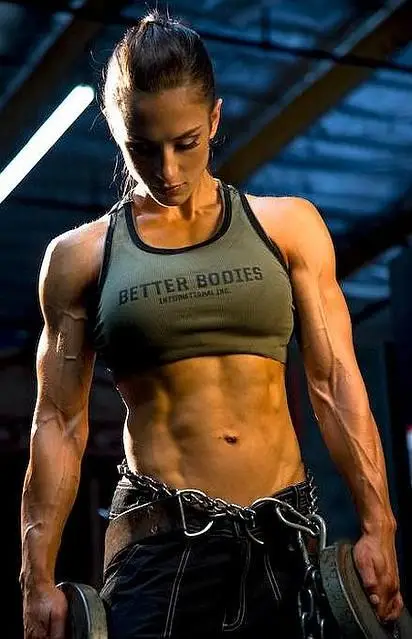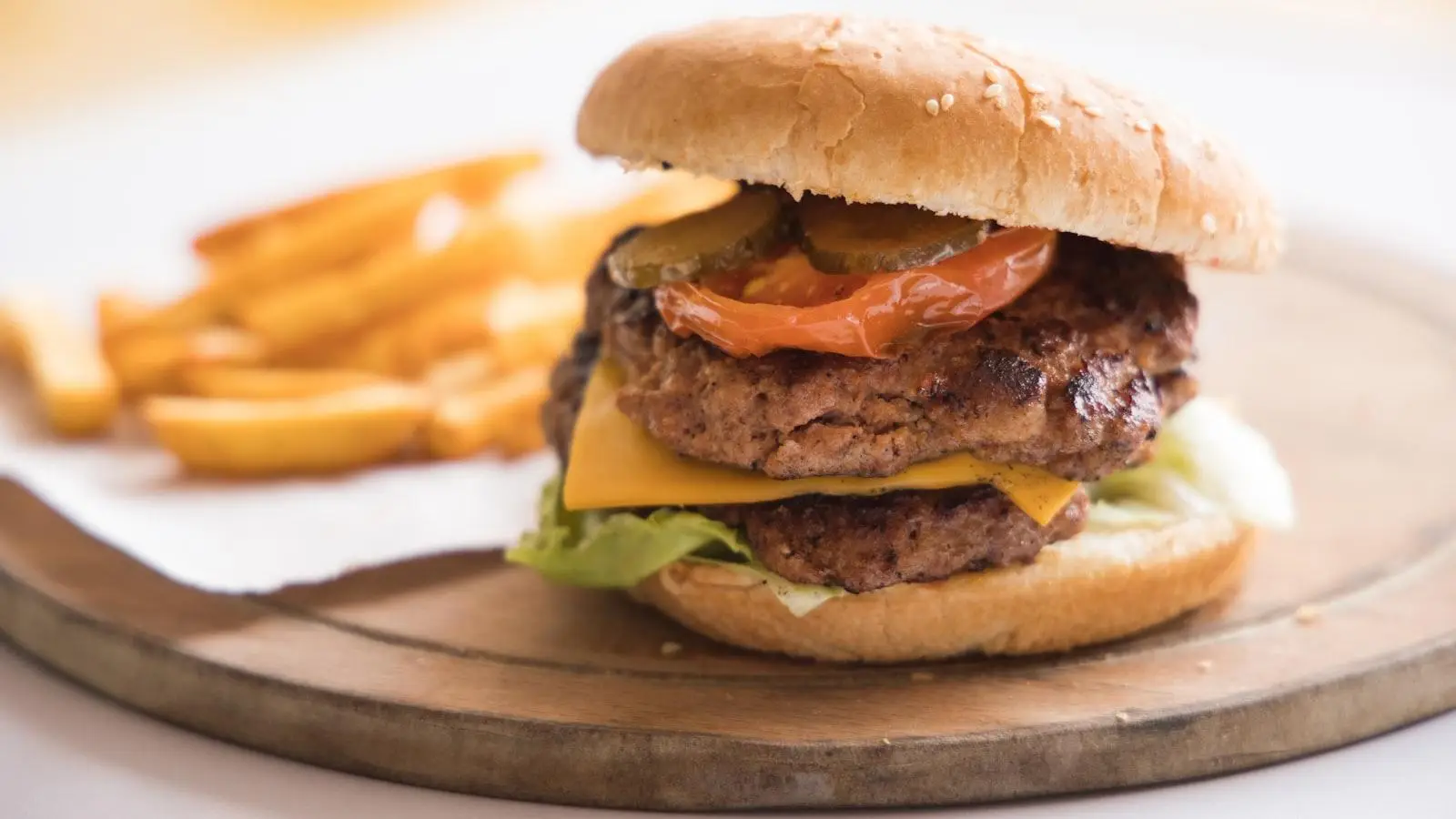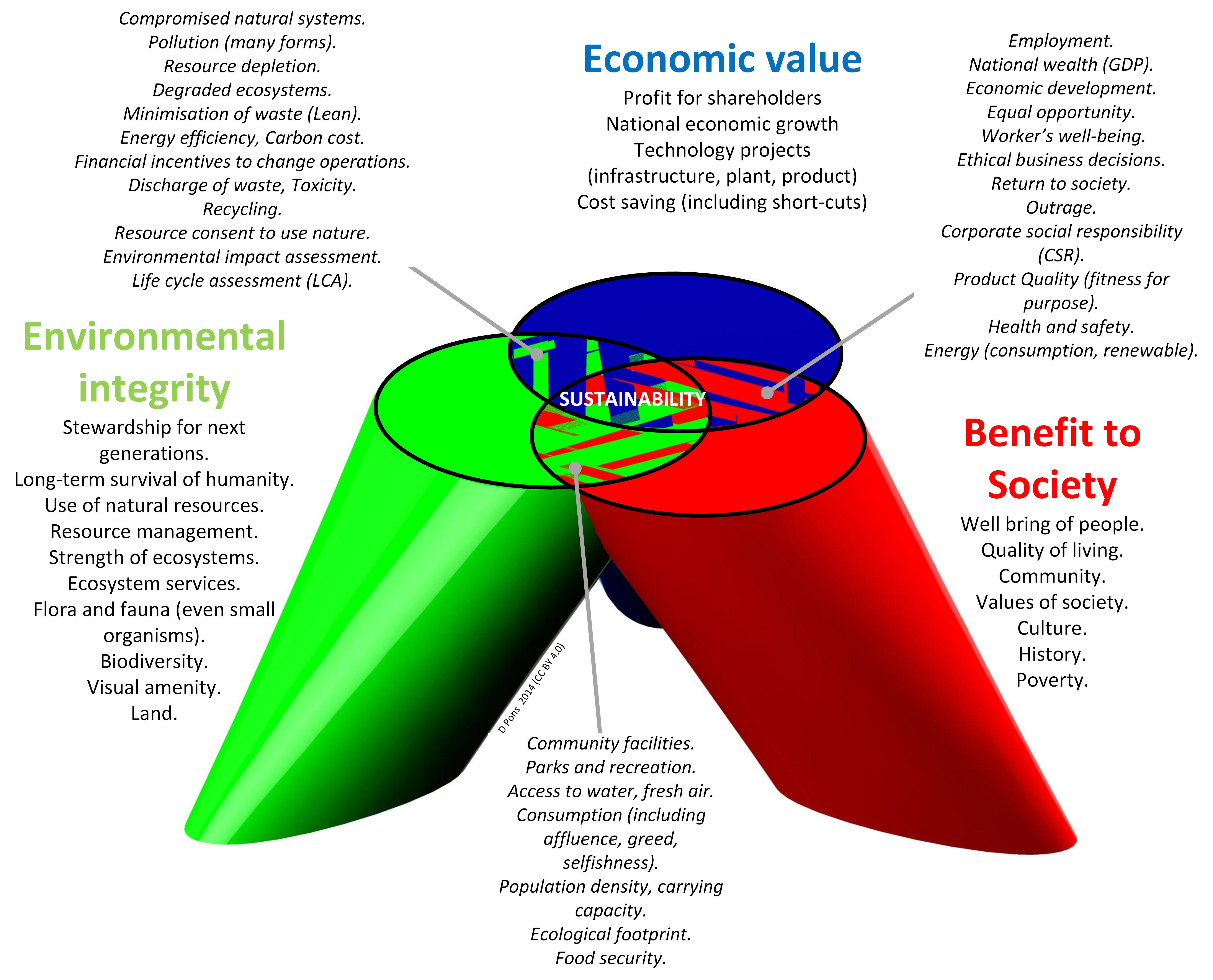Are you curious to know how celebrity trainers tackle their cutting cycle diets? In the YouTube video titled “Inside a Celebrity Trainer’s Cutting Cycle Diet,” the secrets to shredding body fat while maintaining muscle mass are revealed. From the importance of being in a calorie deficit to getting your macros right, this video provides valuable insights into achieving your fitness goals. Let’s dive into the world of cutting cycle diets and learn how to stay healthy while achieving the body you desire.
Importance of Calorie Deficit in Cutting Cycle Diet

In a cutting cycle diet, achieving a calorie deficit is crucial for shredding body fat while maintaining muscle mass or even gaining muscle. To ensure successful fat loss, muscle retention, and overall health, here are some key points to consider:
- Calorie Deficit: Being in a calorie deficit means consuming fewer calories than the energy your body expends. This imbalance is essential for weight loss as your body taps into stored fat for energy.
- Macronutrients: Protein, fat, and carbs are the macronutrients that play vital roles in your diet. Protein is essential for muscle growth and repair, while carbs and fat provide fuel for your body. Balancing these macros is crucial for maintaining muscle mass while in a calorie deficit.
- Food Choices: Opting for nutrient-dense foods like chicken, rice, and vegetables over high-calorie, low-nutrient options like donuts can make a significant impact on your body composition and overall health. Ensuring you get the right balance of macros and calories is key to achieving your weight loss goals while staying healthy.
It’s important to remember that sustainable diets are key to long-term success. Restrictive diets that eliminate your favorite foods may not be sustainable in the long run. Instead, focus on creating a balanced eating plan that you can maintain for the long term to achieve lasting results. By understanding the importance of a calorie deficit and proper macronutrient intake, you can optimize your cutting cycle diet for maximum success.
Getting Your Macros Right: Protein, Fat, and Carbs

In a cutting cycle diet, getting your macros right is crucial to achieving your fitness goals. Macronutrients, which consist of protein, fat, and carbs, play a significant role in maintaining muscle mass, losing body fat, and staying healthy. To ensure success in a cutting cycle, it is essential to pay attention to the following key points:
-
Calorie Deficit: Being in a calorie deficit is essential for losing body fat. This means consuming fewer calories than your body expends. By doing so, you can promote fat loss while preserving muscle mass.
-
Balanced Macros: Protein serves as the building blocks of muscle and tissue, while carbs and fat provide the body with energy. It’s crucial to consume enough protein to maintain muscle mass, along with an adequate amount of fats and carbs to support energy levels and keep your body functioning optimally.
When comparing two individuals consuming the same amount of calories, the one eating a balanced meal consisting of protein, vegetables, and healthy carbs, such as chicken, vegetables, and rice, is more likely to maintain muscle mass and overall health compared to someone consuming foods high in fat and carbs, like donuts.
To achieve success in a cutting cycle diet, it’s important to not only focus on the proportions of macros but also ensure that you are staying within your calorie goals. By balancing both macros and calories, you can effectively lose body fat while maintaining muscle mass and promoting overall health. Remember, sustainability and finding a diet that you can maintain long-term is key to achieving lasting results in your fitness journey.
Maintaining Muscle Mass and Health through Macros

In order to successfully maintain muscle mass, shred body fat, and stay healthy during a cutting cycle, it is essential to focus on tracking and managing your macronutrients. By ensuring you are in a caloric deficit, meaning you are consuming fewer calories than you are expending, you can effectively burn fat while preserving muscle mass. This is a key component in any cutting cycle diet plan.
Macronutrients, or macros, consist of protein, fat, and carbohydrates. It is crucial to get the balance right when it comes to these macros in order to support muscle maintenance and fat loss. Proteins are the building blocks of muscle tissue, while carbs and fats provide the body with essential fuel. By incorporating the right balance of macros into your daily diet, you can optimize your body composition and achieve your cutting cycle goals.
For example, comparing two individuals consuming the same amount of calories per day, one eating high-fat and high-carb foods like donuts, and the other consuming a balanced diet of proteins, fats, and carbs from sources like chicken, rice, and vegetables, it is clear that the latter individual is more likely to maintain muscle mass and overall health. It is not just about the quantity of food you eat, but also the quality and composition of your macronutrients.
To be successful in a cutting cycle diet, it is important to not only focus on balancing your macros but also to consider your overall caloric intake. You must strike a balance between consuming enough nutrients to support your muscles while creating a caloric deficit to promote fat loss. Finding this balance can be challenging, but with the right approach and understanding of your body’s needs, you can achieve your desired results while maintaining muscle mass and promoting overall health.
Balancing Macros and Caloric Intake for Fat Loss

Let’s dive into the fundamentals of balancing macros and caloric intake for effective fat loss. When you’re in a cutting cycle, the primary goal is to shed body fat while preserving muscle mass or even gaining muscle. To achieve this, there are a few key principles that you need to keep in mind:
- Calorie Deficit: Being in a calorie deficit is essential for fat loss. This means consuming fewer calories than your body expends, creating an energy deficit that leads to weight loss.
- Macronutrients (Macros): Macronutrients – protein, fat, and carbs – play a crucial role in your diet. Protein is essential for building and maintaining muscle, while carbs and fat provide energy for your body. It’s vital to balance these macros to support muscle retention and fat loss.
Now, let’s illustrate the significance of getting your macros right with a simple comparison. Consider two individuals both consuming 1500 calories a day. One person eats donuts (high in fat and carbs), while the other opts for chicken, rice, and vegetables (providing protein, fat, and carbs). Which individual is more likely to maintain muscle mass and overall health? The one choosing protein-rich, balanced meals is on the right track.
While focusing on macros is crucial, it’s equally important to monitor your overall caloric intake. Balancing both macros and calories is key to achieving optimal results. Restricting certain foods entirely may not be sustainable in the long run. A flexible approach to dieting that allows for enjoyment of favorite foods can lead to long-term success. Remember, sustainable habits are the foundation of a healthy lifestyle.
Sustainability in Dieting: Avoiding Food Restriction

Today, we’re diving into the cutting cycle diet of a celebrity trainer. When you’re in a cutting cycle, the goal is to shed body fat while preserving muscle mass or even gaining muscle. Here are some key points to keep in mind for a sustainable approach to dieting:
- Calorie Deficit: To lose body fat, it’s essential to be in a calorie deficit, meaning you consume fewer calories than you burn.
- Macros Balance: Focus on getting the right balance of protein, fats, and carbs (macronutrients) to support muscle maintenance and fat loss.
- Healthy Choices: Opt for nutrient-dense foods like lean proteins, vegetables, and whole grains to ensure you’re fueling your body properly.
- Avoid Food Restriction: Restricting yourself from certain foods can lead to unsustainable dieting habits. Instead, focus on creating a diet that you can maintain in the long term.
Tools for Long-Term Success in Cutting Cycle Diet

In order to achieve long-term success in a cutting cycle diet, two key tools are essential – calorie deficit and balance of macros. Calorie deficit is crucial for losing body fat while maintaining muscle mass or gaining muscle mass. By consuming fewer calories than you burn, your body will tap into its fat stores for energy, leading to fat loss. It is important to track your calorie intake and adjust accordingly to stay in a deficit.
Managing your macronutrients (macros) is equally important in a cutting cycle diet. Proteins are the building blocks of muscle and tissue, while fats and carbs provide energy for the body. It is essential to consume enough protein to maintain muscle mass, while balancing fats and carbs to stay in a calorie deficit. A well-rounded diet that includes lean proteins, healthy fats, and complex carbohydrates will help you achieve your fitness goals while staying healthy.
One common mistake in a cutting cycle diet is focusing solely on macros and neglecting overall calorie intake. It is crucial to dial in both macros and calories to effectively lose body fat. For example, consuming the right proportions of protein, fats, and carbs is important, but if you are still consuming too many calories, you may not see the desired fat loss results. Finding the right balance between macros and calories is key to long-term success in a cutting cycle diet.
Q&A
Q: What is a cutting cycle in terms of fitness and dieting?
A: A cutting cycle is a phase where individuals aim to shred body fat while maintaining or even gaining muscle mass.
Q: What is the key factor when trying to lose body fat during a cutting cycle?
A: Being in a calorie deficit is crucial when trying to lose body fat, which means eating fewer calories than the body expends.
Q: What are Macros and why are they important during a cutting cycle?
A: Macros, or macronutrients, consist of protein, fat, and carbs. It is important to get the right balance of these macros to maintain muscle mass while losing body fat.
Q: Why is it important to choose the right foods during a cutting cycle?
A: Choosing the right foods, such as lean proteins, vegetables, and complex carbs, is essential to maintaining muscle mass and overall health during a cutting cycle.
Q: What is the trainer’s philosophy on dieting?
A: The trainer believes in creating a sustainable diet that allows for enjoyment of favorite foods, rather than strict restriction. He emphasizes the importance of long-term success and sustainability in dieting practices.
Future Outlook
In conclusion, understanding the importance of being in a calorie deficit, getting your macros right, and finding a sustainable diet that works for you are key aspects of a successful cutting cycle. It’s crucial to prioritize maintaining muscle mass while losing body fat and to make sure you are nourishing your body with the right balance of protein, fats, and carbs. Remember, a healthy diet is one that you can sustain in the long run, so don’t restrict yourself from foods you enjoy. Finding a balance that works for you is the key to achieving your fitness goals. If you found this video helpful, make sure to check out my other content for more tips and insights. Stay committed, stay healthy, and keep pushing towards your goals!



